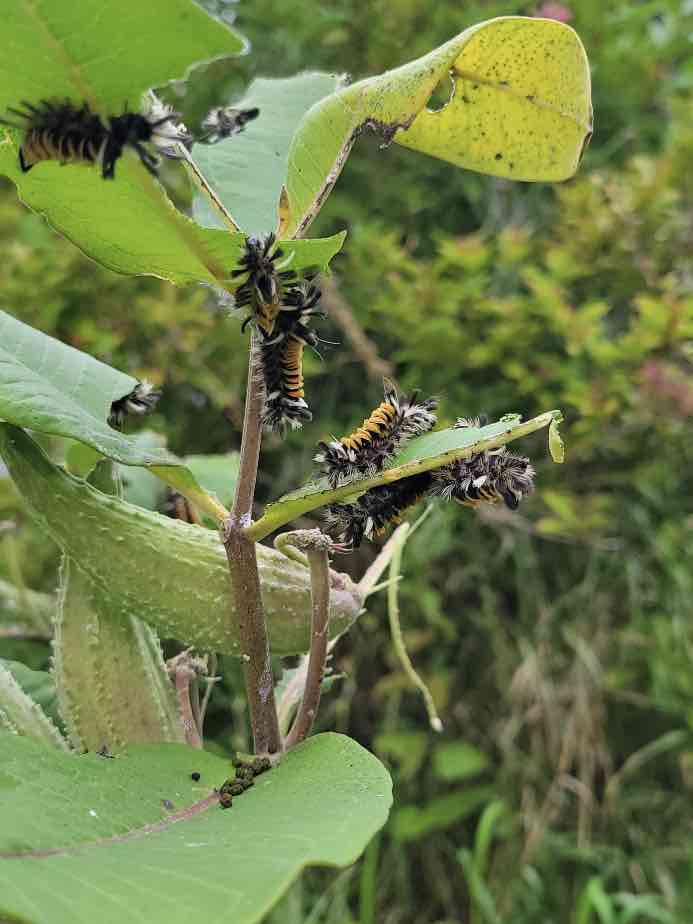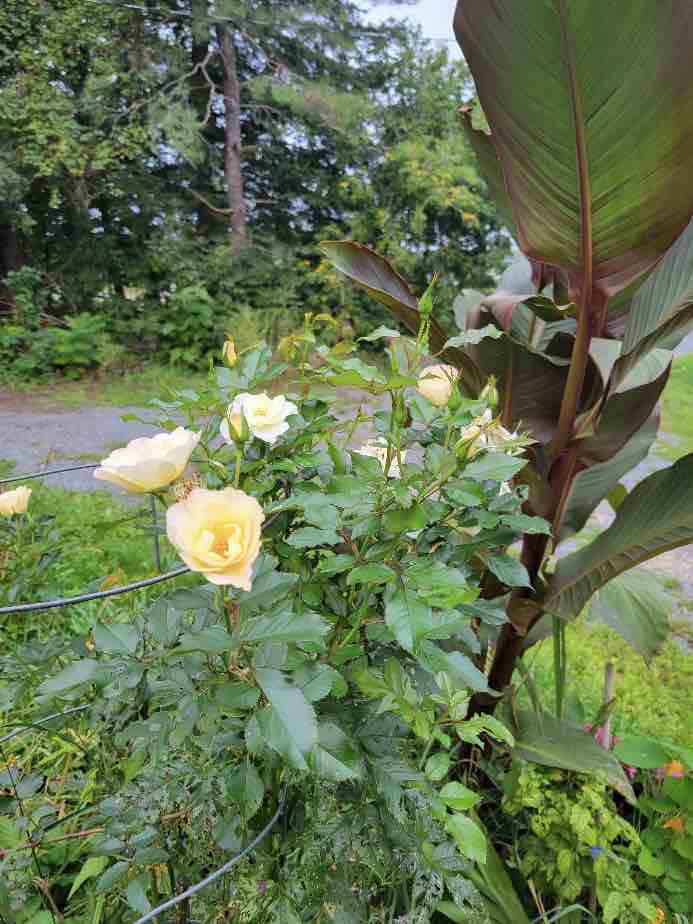Your cart is currently empty!
Lavender is a Popular fragrant plant
Learn how to grow lavender from seed and enjoy its therapeutic benefits for stress relief and peaceful sleep. Discover different varieties and creative uses for dried flower bunches.
Your cart is currently empty!
Seed collection is always done on a sunny day because wet seeds can go moldy very quickly. Ripe seeds should fall easily from the plant.
The weather has little cool bursts these days as it reminds me that fall is nearly here. I am ramping up for seed saving and starting to see ripe tomatoes. I always collect my seeds on a sunny day because wet seeds can go moldy very quickly. Ripe seeds should fall easily from the plant. The red orach has moved from dark red seeds to light brown seeds that fall easily. I will leave some of the seeds where they fall and collect the rest to share. I find that the seeds that drop are the ones that grow the best.
I wander through my garden every day, often mumbling to myself, so I am becoming more of a shuffling gnome-hermit with each passing season. My dahlia as it is finishing its bloom and decided that I would make it one of my new experiments. Seed collection of dahlia seeds is not something I have every done before and thought that this one would be a great start. I am assuming that this dahlia is one that has been crossed, so I am not sure if the seed will be viable or if I will get the same dahlia. I know that if I had a heritage dahlia that it would probably be true. So, if this seed germinates, I may have a super surprise. If I can get the seeds of course. I have many birds in my little front yard and they like to eat the seeds that I am trying to collect.
Susan, a fellow Master Gardener, reminded me of an excellent method for seed collection. When the bloom starts to set seed, gently place an empty tea bag around it and tie it off. The seeds can dry on the plant, and they will not be eaten. I shall give this a try and hopefully have a picture for you soon.
My common milkweed is starting to form seed pods. They are green for now and will soon turn brown and burst open with seeds. I leave them to seed on their own, but these seeds can be collected as well. I enjoy the monarch caterpillars on my milkweed, but the milkweed is a food source for many different creatures. In addition, there are creatures that feed on the things that eat the milkweed. Right now, I have been watching the Milkweed Tussock caterpillars that are feeding on the milkweed. When they are small, they feed in a group and then they move away from each other. They eat a lot of the milkweed. They look fuzzy and cute, but those hairs will sting so it is best not to touch them. While they do eat a lot of milkweed, they are a native species which means they are a part of the ecosystem that is my front yard.

While many fall perennials are showing their colours, I have several roses that are showing a new flush of blooms. I truly enjoy my hardy roses. While I would usually deadhead the blooms once they have finished, I don’t do that at this time of year. I leave the roses alone to form hips and I do not feed them past mid-August. My Oscar Peterson rose is now blooming again. It is a rose from the Canadian Artists Series and it has been a treat.

The too-many cats are watching out the window as the load of wood I ordered gets delivered. I think they are dreaming of a fire in the woodstove on a cold winter’s night. Enjoy your week. Judith (Email: sghorticultural@gmail.com) Veggie Bites are available at https://sghorticultural.wixsite.com/website or https://gardeningcalendar.ca/articles/veggie-bites/
Learn how to grow lavender from seed and enjoy its therapeutic benefits for stress relief and peaceful sleep. Discover different varieties and creative uses for dried flower bunches.
Discover why water elements are crucial in landscaping and how to choose the perfect water feature for your garden. Dive in now!
The Gardenia flower fills the air with its intoxicating, unmistakable fragrance from its beautiful waxy white flower.
Discover White Turtlehead, a beautiful & perennially blooming wetland plant. Attractive to hummingbirds & bees, it's used in shade, rain, wildflower, & native plant gardens. Perfect for cutting & its leaves are deer-resistant. Medicinal properties & uses by Native Americans, too!
GardeningCalendar.ca gets some funding from advertisers. If you click on links and advertisements at no cost to you, the site may receive a small commission that helps fund its operation.
© 2025 J&S Calendars Ltd.
Leave a Reply
You must be logged in to post a comment.